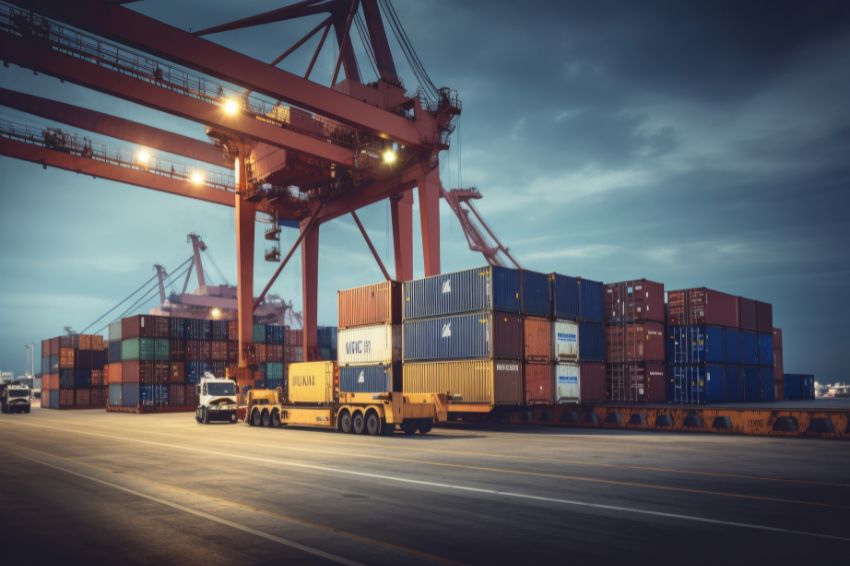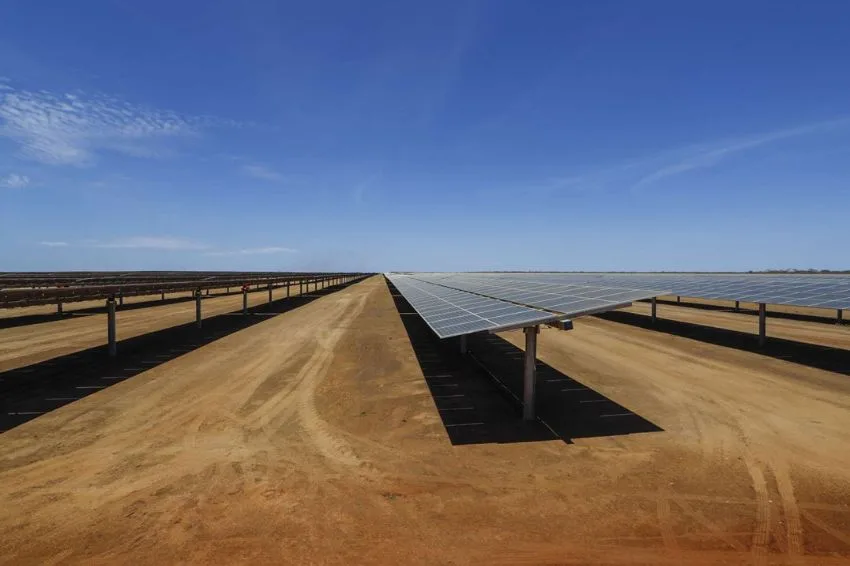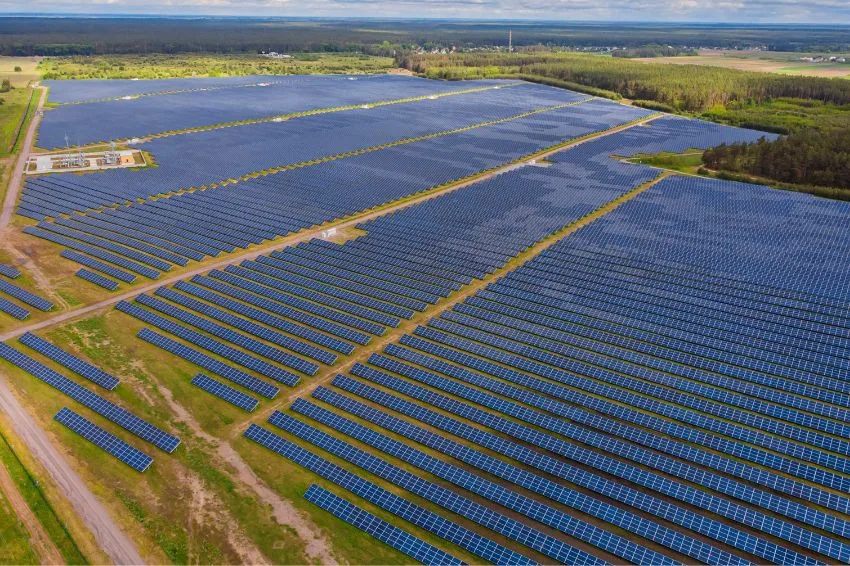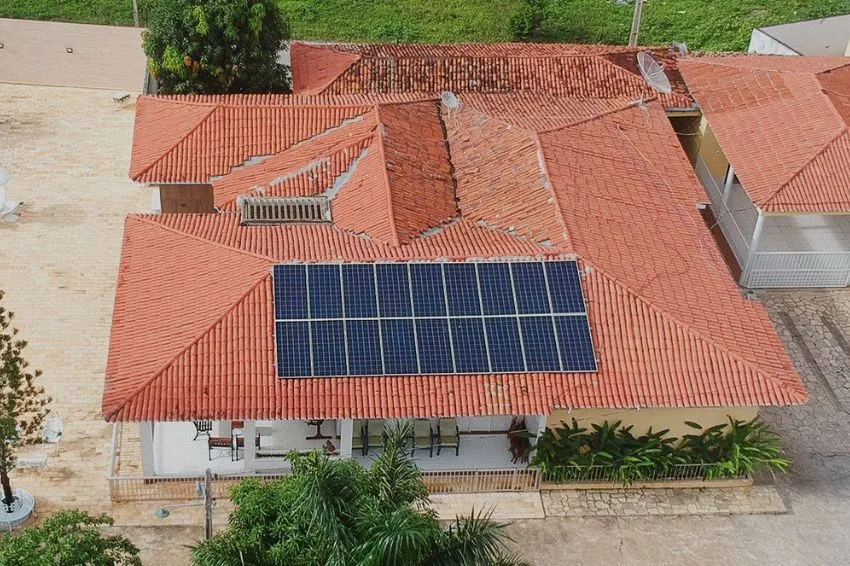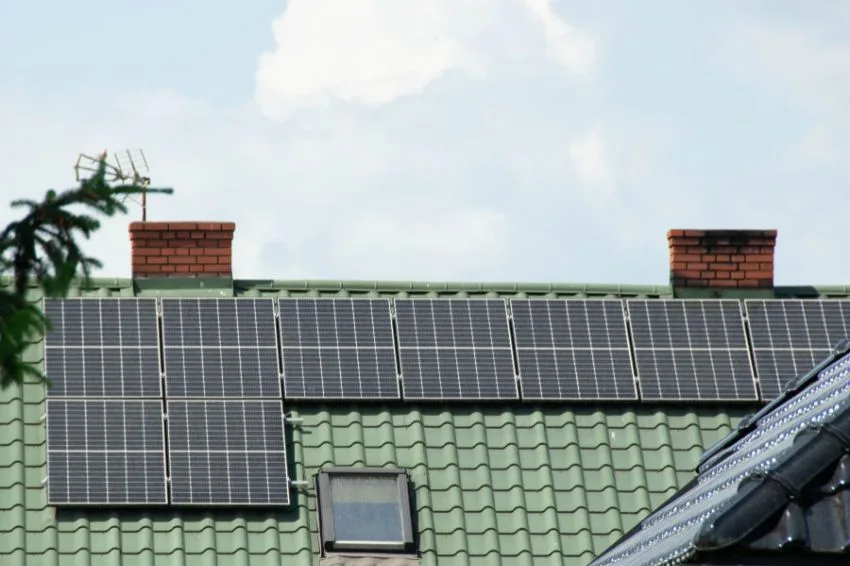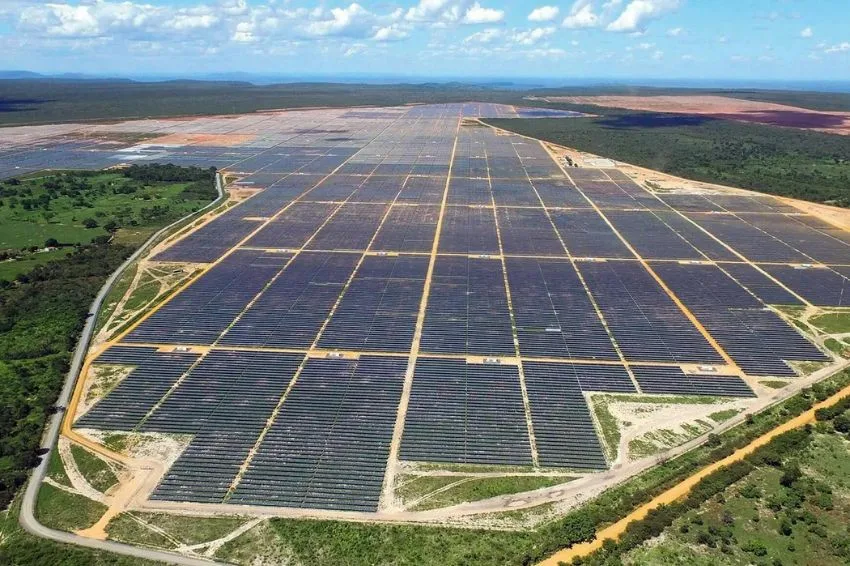O Brazil and the second largest importer in solar panels from the China after Europe, importing the equivalent of 9.5 GW in the first six months of 2023, a similar amount to the same period last year (9.4 GW).
The data is from a new analysis made by think tank in Ember energy, which also reveals that China's module exports grew by 34% in the first half of 2023. 114 GW were shipped worldwide, compared to 85 GW in the same period last year.
According to the study, Europe had the largest absolute increase, while Africa had the largest percentage growth. The fastest growth is occurring in Africa and the Middle East.
“Demand for solar energy is growing dramatically. The world is racing to harness this cheap, clean and abundant source of energy to power the economy of the future. It is clear that global manufacturing capacity is not currently the limiting factor in achieving the required fivefold growth in solar energy by 2030,” said Sam Hawkins, data lead at Ember.
Chinese exports
The report launched a new dataset on Chinese exports in the sector that provides updated monthly indicators for each destination country. Representing around 80% of the global market share of photovoltaic manufacturing capacity, the growth in Chinese exports has global implications for the expansion of clean energy.
According to the report, more than half of the modules exported from China in the first half of 2023 were destined for Europe (52.5%). The region also recorded the highest absolute growth worldwide, with China's exports increasing by 47% year-on-year (+21 GW), reaching a total of 65 GW shipped in the first half of 2023, compared to 44 GW in the same period last year.
Once installed, Ember said this new capacity could supply around 2% of Europe's annual electricity demand, similar to Belgium's demand, supporting the region's goals of increasing energy independence.
South Africa recorded the biggest change of any country outside Europe, importing 3.4 GW of solar panels from China in the first six months of 2023, an increase of 438% (+2.7 GW) compared to the same period in last year. As a result, Africa saw an increase of 187% (+3.7 GW), the fastest growing region.
After Africa, the region with the next fastest relative growth was the Middle East, with an increase of 64% (+2.4 GW) in the first half of 2023 compared to the same period last year. However, research has indicated that the high rates are in the context of a very low starting point.
Saudi Arabia increased solar energy imports from China by six times compared to the previous year, reaching 2.8 GW in the first half of 2023, while the United Arab Emirates increased imports by 33%, to 1.4 GW.
The only region that saw fewer imports from China during the period was Asia, as India focused on increasing domestic manufacturing capacity.
Other countries increase domestic manufacturing
According to analysis by energy think tank Ember, the global supply of modules is not a bottleneck for the accelerated growth of solar energy. Global manufacturing capacity is expected to double again by the end of 2024 compared to the end of 2022, as countries outside China also increase domestic manufacturing.
However, the gap between module exports and installed PV capacity is widening, which in part reflects the build-up of panel inventories in warehouses and the challenges of scaling up installation and grid integration of solar generation.
“We have enough solar panels, we just need to speed up their installation. Policies must focus on ensuring that network installation and integration can scale as quickly as global module supply,” concluded Hawkins.


